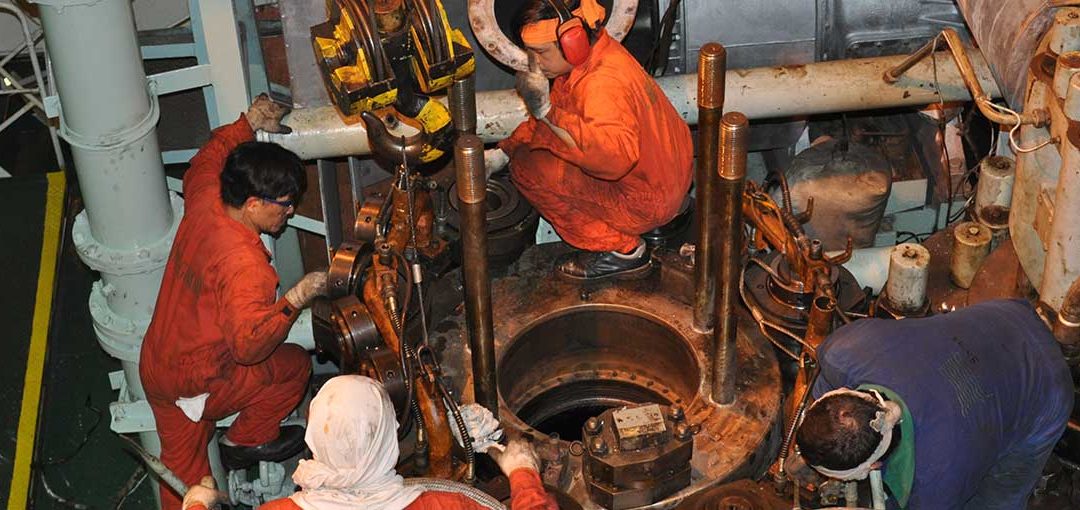10 Essential Confined Space Entry Safety Tips
10 Essential Confined Space Entry Safety Tips
August 28, 2023 |
Confined space entry is a dangerous activity that needs strict safety rules. Employers are responsible for keeping workers safe in confined spaces. They must understand and follow important safety measures.
Understanding Confined Space
To make a good safety plan, understand confined spaces. They may seem safe, but they can be dangerous for workers. Approach them carefully.
To ensure safety of Confined spaces, the first step is to identify potential hazards. There are various risks involved, such as getting trapped, not being able to breathe, being exposed to dangerous substances, or getting injured by falling objects. Conducting a preliminary hazard assessment helps identify these risks and devise appropriate countermeasures.
- Restricted Access: Confined spaces have limited ways to enter and exit. This limit may seem small, but during an emergency, it can have serious consequences. Worker safety can be at risk if quick evacuation or entry for rescue tasks is hindered.
- Unexpected Atmosphere Changes: Confined spaces are also notorious for sudden changes in their atmospheric conditions. The oxygen levels in these spaces can change a lot, becoming too low or too high. Lack of enough oxygen can cause suffocation. Too much oxygen can lead to fires or help harmful substances react.
- Engulfment Potential: Confined spaces have a unique risk called engulfment. Workers can become trapped or covered by liquids or solids that flow easily, such as water or sand. This sudden covering can cause serious physical harm or suffocation.
- Unforeseen Hazards: Confined spaces can be unpredictable, so workers may face unexpected hazards. Workers may encounter various risks, such as electrical shocks, excessive noise, mechanical hazards, or exposure to dangerous substances and infectious materials. Additionally, the limited visibility in these areas could exacerbate the existing hazards.
Hazard Control Measures
Identifying threats is the first step. The next important step is implementing control measures.
- Training and Education
Knowledge is, without a doubt, a powerful tool when it comes to safety. Workers need proper training on the risks of confined space work. Workers need to be familiar with using protective equipment, following evacuation procedures, understanding rescue operations, and identifying signs of health issues related to confined space hazards.
- Personal Protective Equipment (PPE)
Personal Protective Equipment (PPE) plays a crucial role in ensuring confined space entry safety. Different types of personal protective equipment (PPE) may be needed based on the hazards being assessed. These can include respirators, safety harnesses, and protective clothing. To ensure continuous protection, it is crucial to regularly maintain and inspect the PPE.
- Emergency Response Plan
Even with safety measures, accidents can still happen unexpectedly. Hence, having an effective emergency response plan is an inevitable requirement. This should include first aid measures, rescue procedures, and evacuation plans.
- Continuous Monitoring
Monitoring is an essential safety task. It should be done continuously during confined space entry and work. Maintaining a close watch on potential variables is important to prevent confined space conditions from becoming hazardous.
- Encouraging Open Communication
Promoting a culture that encourages workers to freely express their concerns and observations can greatly enhance safety. Open communication should be encouraged because fresh perspectives and intuitive suggestions can greatly enhance safety.
- Adopt A Proactive Approach
When confined space entry safety is part of your operational planning, you can prevent many potential crises. Before starting work, carefully assess the workspace for any risks or hazards. By taking a proactive approach, any risks can be quickly identified and addressed instead of allowing them to become serious concerns.
- Regular Safety Drills
In a crisis situation, workers need to react quickly and automatically by applying safety measures. This is possible only if regular safety drills are carried out. These drills help workers prepare for emergencies. They provide confidence and knowledge to act under pressure.
- Use of Technology
Using the right technology, like gas sensors, continuous monitoring devices, or wearable alerts for safety breaches, can significantly enhance protection measures.
- Updating Safety Standards
Safety isn’t a static concept. New hazards and risks can crop up as work progresses or when standards change. Keeping up with the latest guidelines is crucial for maintaining a high standard of safety during confined space entry. Regularly reviewing and updating safety protocols is indispensable.
- Legal Compliance
Businesses should align their confined space entry procedures with the safety laws and regulations in the region. Complying with the law enhances safety management and prevents legal issues.
Workplace safety is of utmost importance, especially for tasks such as entering confined spaces. By giving proper attention to safety practices, we can avoid accidents, take care of workers, and boost productivity. A safe workspace means a happy workplace. Prioritizing safety is not a burden, but an investment.
